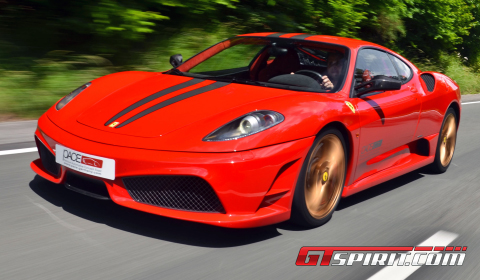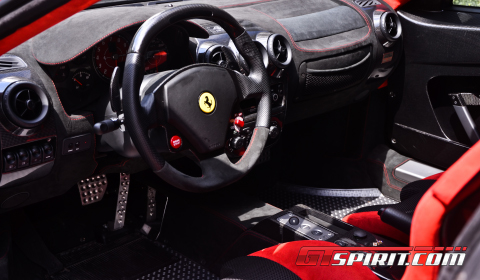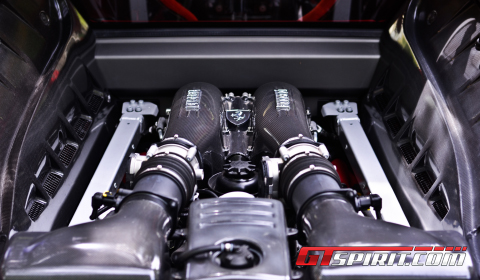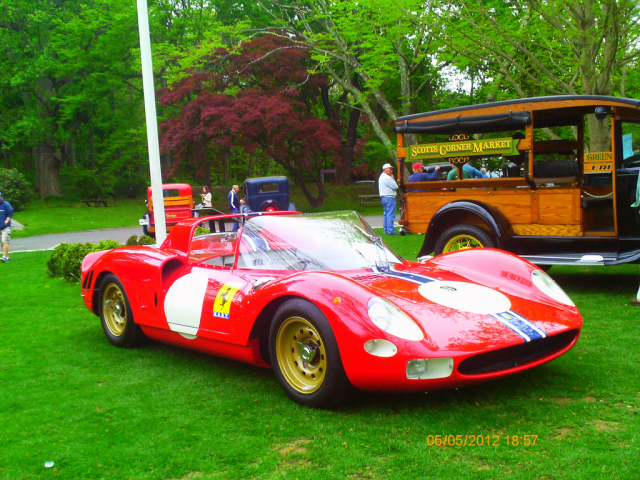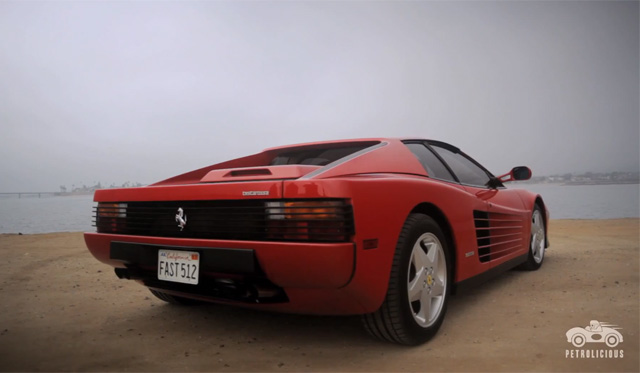
During the late sixties, Ferraris road-oriented berlinettas split in terms of design from their race cars. After the 250 short wheelbase berlinetta, the dual purpose road / race Ferrari seemed gone. This new distinction motivated Ferrari to manufacture more civil road cars having impressive specification. The first example of this new trend was the 275 GTB.
The 275 GTB/GTS was debuted in October 1964 at the Paris Salon. It was designed by Pininfarina and built by Scagliettie. The 275 GTB was based on the 250 GT Berlinetta Lusson and the 250 GTO. The GTS version drew styling from the 330 GT 2+2. Production continued through 1966.
from the 330 GT 2+2. Production continued through 1966.
The fastback Berlinetta coupe was the GTB series. This version was meant for driving on the road and at the track. The Open Spyder was the GTS series designed to replace the 250 California. This version was more comfortable and more suited for touring. Around 200 examples of the GTS were created during its two year production.
Being light, powerful and strikingly beautiful, the 275 was a very successful car for Ferrari. It sold well, with around 1000 examples made, and, as an afterthought, scored victories in endurance racing after the 250 LM was denied homologation.
and strikingly beautiful, the 275 was a very successful car for Ferrari. It sold well, with around 1000 examples made, and, as an afterthought, scored victories in endurance racing after the 250 LM was denied homologation.
By moving the transmission to rear of the car, better weight distribution was achieved. The engine used was a Colombo-derived V-12 engine that produced 260 horsepower in the GTS and 280 horsepower in the GTB. With the GTB version, an option was given to the buyer to purchase the vehicle with three or six Weber carburetors.
In 1965, Ferrari created three examples of the 275 GTB for the purpose of endurance motor sport racing. The vehicles were dubbed the 275 GTB/C and outfitted with a light-weight aluminum body, air vents for the brakes, six carburetors, and a 320 horsepower engine, and a few other minor mechanical modifications.
In 1966 the 275 GTB was re-introduced with a four-cam version of the V12. Six Webber carburetors aided in delivering around 300 horsepower. To cope with the new power, the GTB/4 was given wider tires and a ZF limited-slip differential. The 4 in the name GTB/4 represented the twin camshafts per cylinder bank totaling four. This was the first quad-cam road-going Ferrari ever created. It was easily distinguished by its bulge in the hood. During its production run lasting until 1968, around 320 examples of the 275 GTB/4 were created.
and a ZF limited-slip differential. The 4 in the name GTB/4 represented the twin camshafts per cylinder bank totaling four. This was the first quad-cam road-going Ferrari ever created. It was easily distinguished by its bulge in the hood. During its production run lasting until 1968, around 320 examples of the 275 GTB/4 were created.
The 275 P and P2 were purpose built to Capture the World Championship and in the process beat Ford. The 275 P was powered by a 3.3-liter powerplant; a 4 and 4.4 liter version were also used. These mid-engined, open-topped cars were comprised of many of the same components as the road-going versions.
By Daniel Vaughan | Oct 2006
The 275 GTB/GTS was debuted in October 1964 at the Paris Salon. It was designed by Pininfarina and built by Scagliettie. The 275 GTB was based on the 250 GT Berlinetta Lusson and the 250 GTO. The GTS version drew styling
The fastback Berlinetta coupe was the GTB series. This version was meant for driving on the road and at the track. The Open Spyder was the GTS series designed to replace the 250 California. This version was more comfortable and more suited for touring. Around 200 examples of the GTS were created during its two year production.
Being light, powerful
By moving the transmission to rear of the car, better weight distribution was achieved. The engine used was a Colombo-derived V-12 engine that produced 260 horsepower in the GTS and 280 horsepower in the GTB. With the GTB version, an option was given to the buyer to purchase the vehicle with three or six Weber carburetors.
In 1965, Ferrari created three examples of the 275 GTB for the purpose of endurance motor sport racing. The vehicles were dubbed the 275 GTB/C and outfitted with a light-weight aluminum body, air vents for the brakes, six carburetors, and a 320 horsepower engine, and a few other minor mechanical modifications.
In 1966 the 275 GTB was re-introduced with a four-cam version of the V12. Six Webber carburetors aided in delivering around 300 horsepower. To cope with the new power, the GTB/4 was given wider tires
The 275 P and P2 were purpose built to Capture the World Championship and in the process beat Ford. The 275 P was powered by a 3.3-liter powerplant; a 4 and 4.4 liter version were also used. These mid-engined, open-topped cars were comprised of many of the same components as the road-going versions.
By Daniel Vaughan | Oct 2006
